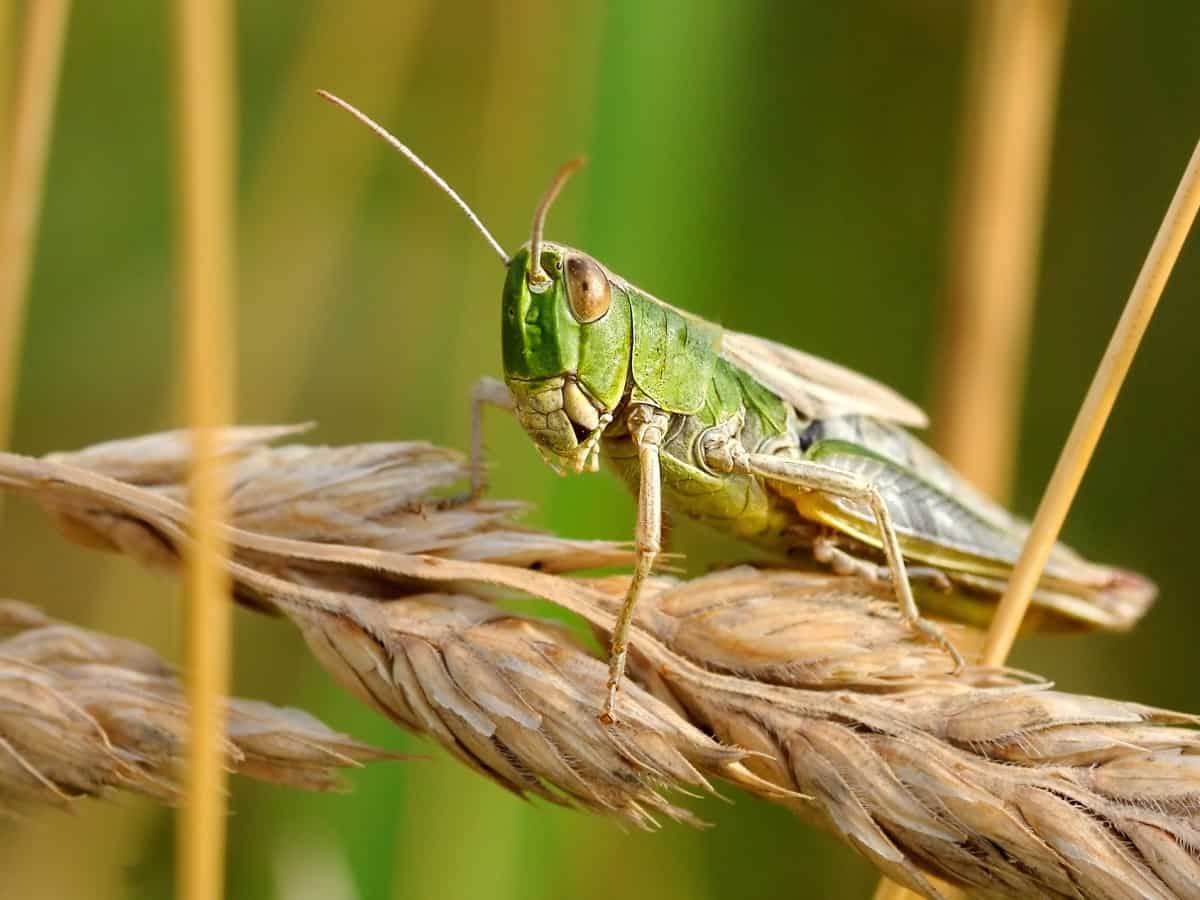New Delhi: India is witnessing armies of locusts swarming across the country – the worst such attack in 26 years. Agriculture holds around 20% of the country’s GDP but the crops of four states have been destroyed by the insects at a time when India is facing financial crisis due to pandemic lockdown.
What is locust ?
Locusts are similar to grasshoppers, but can migrate over much large distances. The desert locust (Schistocerca gregaria) is a short-horned grasshopper who undergo a behavioural change when their population builds up rapidly. They form huge swarms that can travel up to 150 km per day, feeding themselves on large variety of crops. If not controlled, locust swarms can threaten the food security of a country. At present countries in the Horn of Africa such as Ethiopia and Somalia are witnessing one of the worst locusts attacks in the last 25 years.
How are they threatening India ?
At present, chances of crop damage are low as farmers have recently harvested their rabi crop which will take time to grow. Orange growers in Maharashtra have expressed concern.
The bigger problem will arise once the present swarms breed. An adult female locust lays 80-90 eggs thrice in her three-month life cycle. If left uncontrolled, a swarm can grow exponentially to 40-80 million locusts per square kilometre. The locusts will start laying eggs after the monsoon starts and continue breeding for two more months, with newer generations rising during the growth phase of the kharif crop.
A 1-kilometer swarm consists of up to 80 million locusts, and at least 10 such swarms were chewing through crops in India as of Wednesday, according to the LWO.
Several Indian media outlets reported that about 123,500 acres of cropland had already been destroyed in Rajasthan and Madhya Pradesh states.
Government’s measures
The Department of Agriculture and Farmers` Welfare (DAC&FW) has stepped up locust control operations in the affected states of Rajasthan, Punjab, Gujarat and Madhya Pradesh, said Union Ministry of Agriculture and Farmers Welfare on Wednesday in a statement.
More than 200 locust circle offices and temporary camps are engaged in surveys and control operations. 89 fire brigades for pesticide spray, 120 survey vehicles, 47 control vehicles with spray equipments and 810 tractor mounted sprayers have been deployed for effective locust control, as per requirement during different days.
“The government has ordered for procurement of additional 55 vehicles and ensure adequate stock of pesticide (53,000 litres Malathion) with Locust Control Organizations. We have also given Rs 14 crore to Rajasthan, which is the worst affected state with more than 21 districts under attack. We have also sanctioned safety uniform, spray equipments and purchase of vehicles for Gujarat,” said a senior agriculture ministry official.

